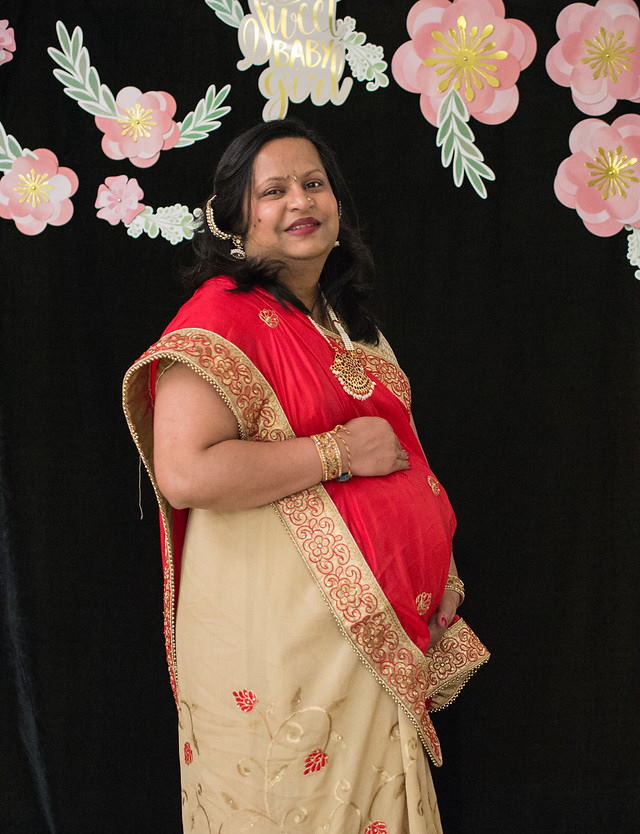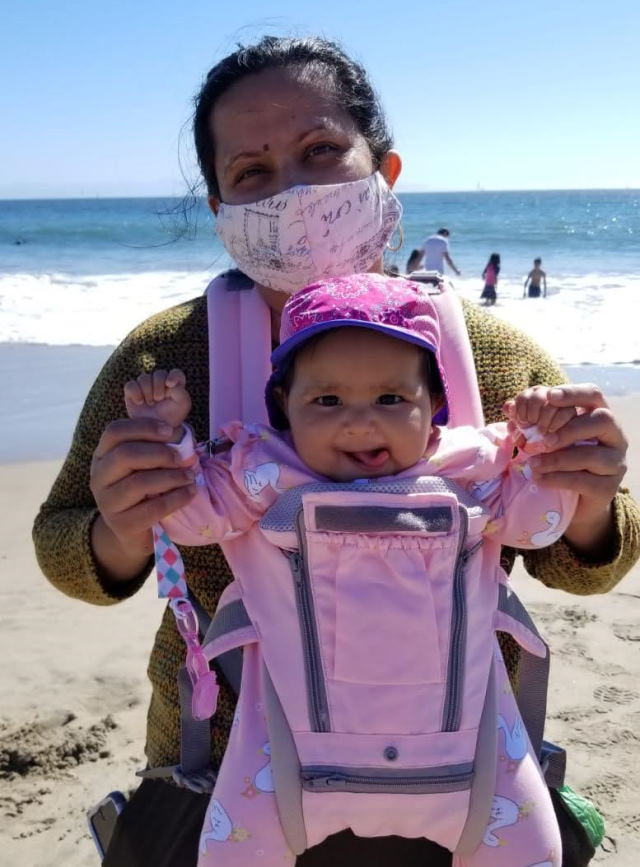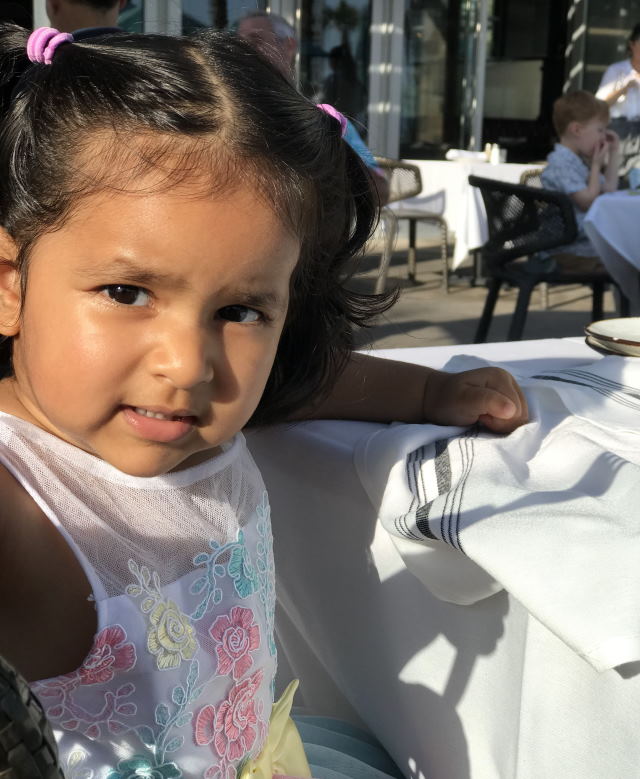2022-November-23
Did you know? You can share this story using the social media icons on the upper left. Use the hashtag #WeAreCisco. You can also rate or comment on the story below.
Why I’m Thankful
BY HETAL DAVE · PROJECT MANAGER ONEX · UNITED STATES
4 MINUTE READ · 7 MINUTE LISTEN
Editor’s Note: The following story involves a discussion about struggles with fertility, including miscarriage, which might be upsetting to some readers. For mental health resources and support, visit the #SafeToTalk online community or contact the Employee Assistance Program.
Millions of people worldwide struggle with fertility issues. Between 48 million couples and 186 million individuals are estimated to live with fertility challenges due to the lack of affordable healthcare services.
I am among those who have suffered the pain of infertility.
My family and I experienced social pressure, discrimination, stigma, and ostracism for not having a baby for 18 years.

During my regular physical in 2003, I was diagnosed with Polycystic Ovary Syndrome. As my husband and I had been planning to have a baby, my doctor put me on medication to help improve my fertility.
The medication caused severe mood swings and hormonal imbalance, all of which took their toll on my marriage.
Several years later, I got pregnant, but it was undetected due to low levels of human chorionic gonadotropin hormones.
I didn’t realize I was pregnant until two months later. I had prolonged bleeding and went to the emergency room, where I was told I had a miscarriage.
I suffered complications and became depressed, which took a year to recover from.
Over the next few years, I went through multiple pregnancy losses.
My husband and I decided to put a hold on starting a family.
For the next seven years, we focused on personal and professional achievements. In between, we explored adopting a child, but this can be a long, complicated, and emotional ride, with far more legal and financial roadblocks than many people assume.
We also looked into egg banking and surrogacy, but they were very expensive.
It was time for us to consider conventional in vitro fertilization and intrauterine insemination options. Due to my age and a lack of quality eggs, it would not be easy.I began fertility treatment in 2014.
This time, I started intermittent fasting and Indian classical dancing for exercise.
Four years later, I discovered I was pregnant. I was even more vigilant about a healthy diet and exercise. I could hear my baby’s heartbeat during my first ultrasound, which was super exciting.

Everything was going well until I began having uterine cramping and vaginal bleeding. Immediately, I went to the hospital to get an ultrasound. My worst fear came true again when the doctor couldn’t find a heartbeat.
I was stunned. I felt numb, sad, angry, anxious, broken, and depressed.
I continued dancing as it kept me active and helped my mental health, and I performed at community events. At work, I started leading STEM programs, hosting events, and attending conferences.
I also joined Stanford Health Care’s fertility support groups to learn about stress reduction strategies and professional therapy and counseling for depression.
Aristotle once said, "It is during our darkest moments that we must focus to see the light.”
Finally, in 2019, after giving up my dream of having a baby, I discovered I was pregnant.
Based on my history, I was not expecting my pregnancy to last more than a few months.
Once again, in the second month, I began to have symptoms of miscarriage. But being optimistic was my only option. I pushed myself to exercise, eat healthy, stay positive, and nourish my dreams.
My first and third trimesters were very stressful, but my doctors eventually confirmed a healthy pregnancy.
Throughout my whole journey, I was lucky to have the support of my family and my manager.
With my due date looming as the pandemic began, and being high risk, I was hospitalized two weeks before my due date. A C-section was recommended because of preeclampsia, gestational diabetes, and the baby’s irregular heart rate — due to a nuchal cord.
In 2020, after 18 years of marriage, I gave birth to our miracle baby girl, Fiona.

This happened to be the same day the governor declared a state of emergency for the Coronavirus pandemic in California.
This gave way to several more challenges: Medical workers were limited. Baby formula had to be rationed. The hospital followed strict protocol by not allowing any visitors.
I was discharged early, despite my health condition and a medication overdose.
Despite all the chaos, I felt at peace after giving birth to our baby after a long haul.
All the struggle, pain, and effort were worth it, especially when I learned she was healthy.
My transition back to work after two months of maternity leave was very smooth, thanks to the strong support from my network, manager, and peers supporting me throughout my post-pregnancy recovery. I’m now in a different organization, but my previous managers still check on Fiona and me.
Being a parent at 40 during a pandemic was an adventure, but I’ll always cherish the experience and all the memories.
My journey of becoming a mom was full of surprises. It taught me to be more forgiving and giving to my community.
I have become a Court Appointed Special Advocates child advocate mentor to foster children under the age of three. I strongly believe loving and empowering children helps build value and self worth.
I always look forward to being there for their celebrations and during the darkest storms.
From my experience, I learned to be patient and to never give up on my dreams.
Employee Resources
- Employee and Family Assistance Program
- Join an Inclusive Community
- Global Wellbeing Community
- Join the #SafeToTalk Webex space
- Learning & Development
- Share your story
Related Links
Connect everything. Innovate everywhere. Benefit everyone.
Share your thoughts!
Log in to rate and commentShare your thoughts on the story here!